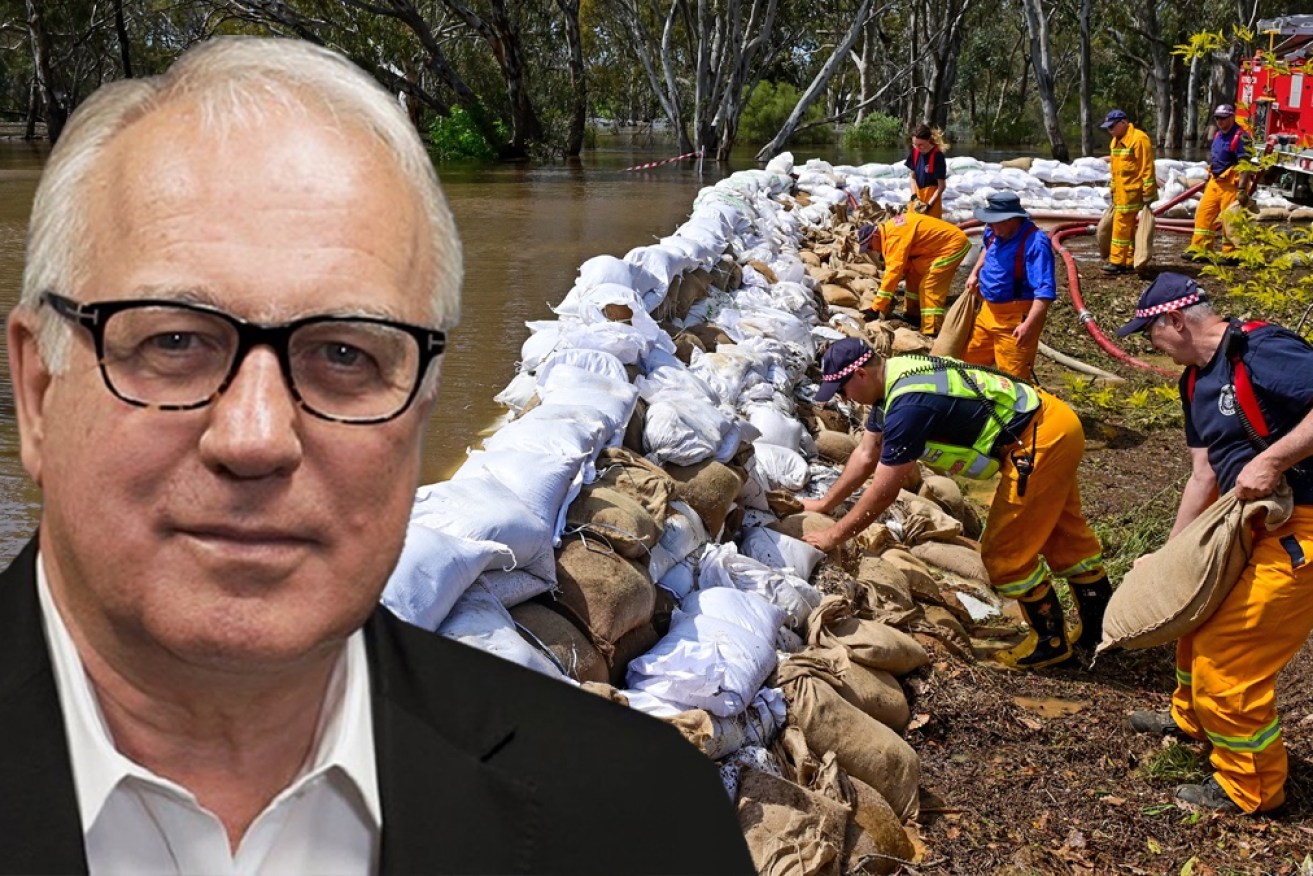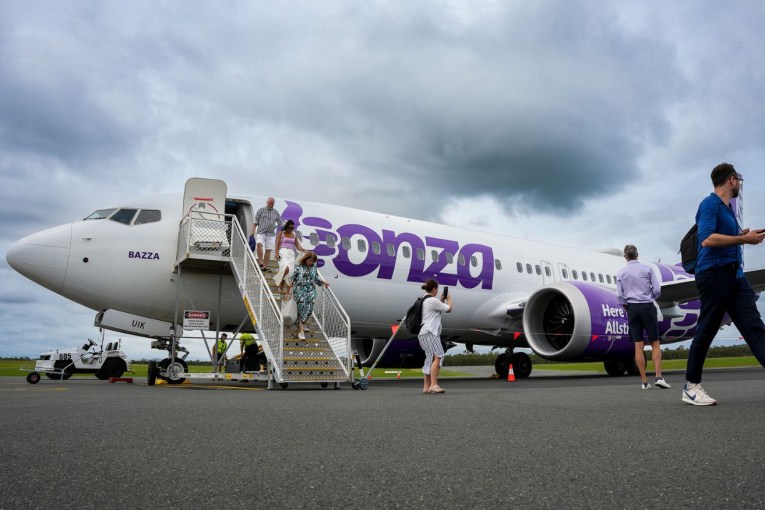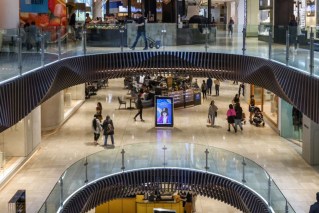Alan Kohler: Make flood levees investment assets for super funds


Australia’s super funds have over $3 trillion looking for long-term assets. Flood levees are an ideal solution, writes Alan Kohler.
About a million Australian homes have been built on flood plains, and the families living in them are up to their knees in water right now, cleaning up, or worrying about the next flood.
With climate change increasing the frequency and ubiquity of floods, most, if not all, of those houses will either have to be protected or moved.
Leaving the residents of Maribyrnong, Shepparton, Lismore and the other towns and suburbs that are built next to rivers to their own devices is not going to be acceptable.
These people and their children are faced with long-term poverty because their houses are worth less, if not worthless, their furniture and belongings will be destroyed every few years and insurance will be massively expensive, if they can get it.
Some families can be moved to higher ground, for example in Lismore, as long as governments buy the land and help pay for the new houses, but most will need new, higher levees between them and the river.
And as the wall around Flemington Racecourse showed, that isn’t simple. All levees move the water somewhere else, often into other houses, so proper hydrology studies will usually be needed to make sure the levees are in the right places and don’t make things worse.

Communities face long-term poverty as ‘once-in-a-lifetime’ floods occur every few years. Photo: AAP
It’s pointless lamenting the fact that so many developers and individuals were allowed to build houses on flood plains in this country. It’s really bad, probably should never have happened, but it’s too late now, and can’t be undone, although it should definitely stop.
More than ‘bread and butter’ needed
Meanwhile Treasurer Jim Chalmers says next week’s budget will be a “bread and butter budget”, a reconciliation of election promises and how they’re to be funded, and that’s about it.
That’s a mistake: He and his colleagues need to get moving on this. Once-in-a-lifetime floods are happening every second year and with the temperature rising, there will be more bushfires as well. Climate change mitigation is urgent.
The federal government and the states will have to budget for a massive climate infrastructure spend on top of all the other things that are demanding government money – NDIS, aged care, health and defence.
As part of the global effort to prevent catastrophic global warming and also do something about the 35 per cent increase in power prices that Alinta chief Jeff Dimery warned about last week, the electricity system will need to be completely rebuilt.
Labor’s election promise that the transition to renewable energy would bring down power prices was shoddy and ridiculous; it won’t.
And with 1.2 degrees of warming already, global warming is destructive now, as we can see every night on the TV news, and the impact is expensive.
According to Karl Mallon from research firm Climate Valuation, there are about one million homes in 14,951 flood-prone towns and suburbs. A lot of those are currently under water; others are cleaning up, submitting desperate, hopeful insurance claims. The rest are wondering when the next flood will wipe them out.
After the Queensland town of Roma was flooded in 2012, the residents were unable to get insurance, so the state and federal governments had to step in.
A levee was built around the town at a cost of $26 million and the 6848 residents of Roma can now get home insurance at a premium they can afford.
On that basis, levees around all the other flood-prone towns and suburbs in Australia would cost $390 billion, but Roma is a small town so the levee there would be cheaper than, say, Maribyrnong or Shepparton (population 60,000).

A more creative solution than government funding is needed for flood mitigation. Photo: AAP
So what would it cost to build levees around all of the houses and businesses that are built on Australian flood plains, or near enough to the coast that as sea levels rise they become permanently inundated? $500 billion?
The government could borrow that money and the Reserve Bank could buy the debt, adding it to the $350 billion or so it already owns, but that probably wouldn’t fly politically. Modern Monetary Theory hasn’t yet made it to the mainstream, although climate change might bring that about.
So something more creative is needed.
Super looking for investment
Australia’s super funds have more than $3 trillion looking for long-term assets that match their retiree liabilities. Infrastructure is prized. Levees create value for the government and the community by stopping the need for financial assistance to flood victims and making insurance available and affordable.
The government could make levees an investible asset for super funds by either issuing government-guaranteed “levee bonds”, or by creating a system for the super funds to build and own the levees and to be paid a share of the savings that governments make from their existence.
I’m not necessarily advocating private ownership of levees – I think the best solution would be for state and federal governments to borrow the money and just build them.
But I accept that there are simply too many levees needed and the money for them is politically unattainable because of the way we’ve been educated by both sides of politics to hate government debt.
Too many Australian towns and suburbs have been built on flood plains, and while the occasional flood in the past was tolerable, climate change has now made it intolerable.
Super funds happily own roads, ports, airports and much of the national energy infrastructure. The returns they make are privatised taxes.
That principle needs to extend to the infrastructure required for climate change mitigation.
Alan Kohler writes twice a week for The New Daily. He is also editor in chief of Eureka Report and finance presenter on ABC news








